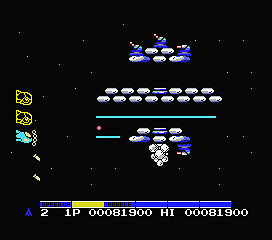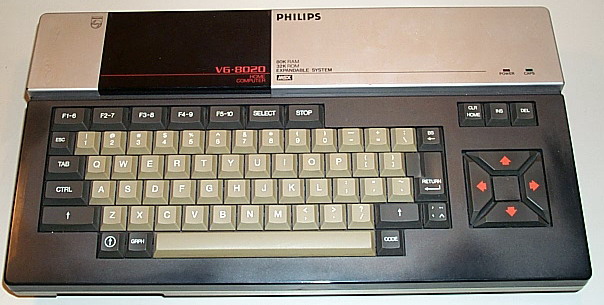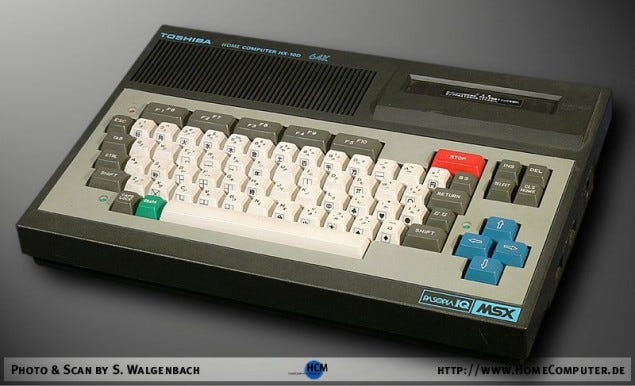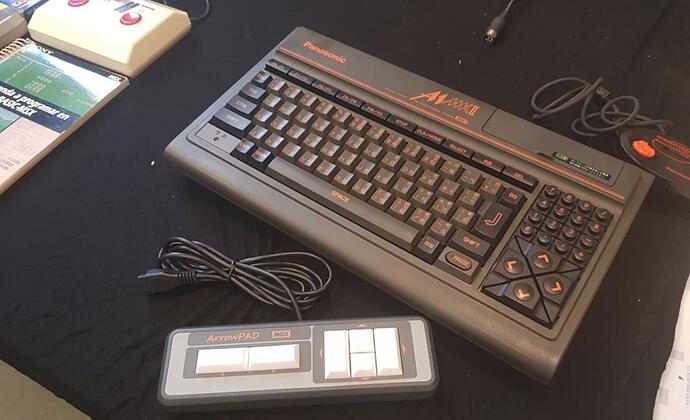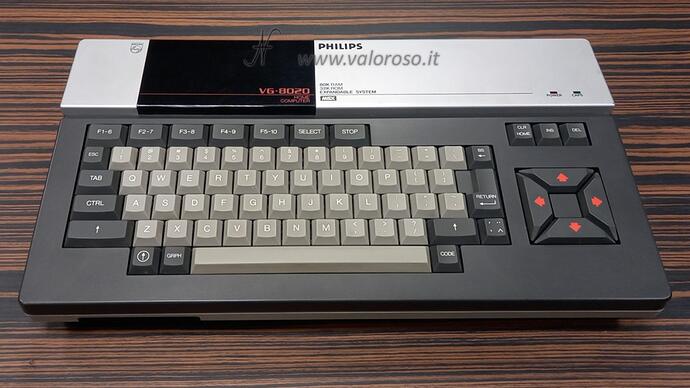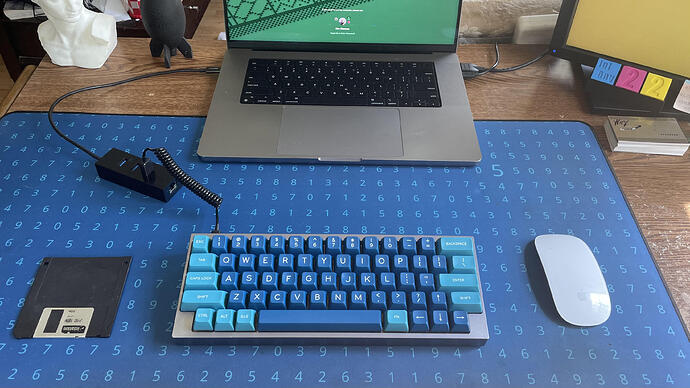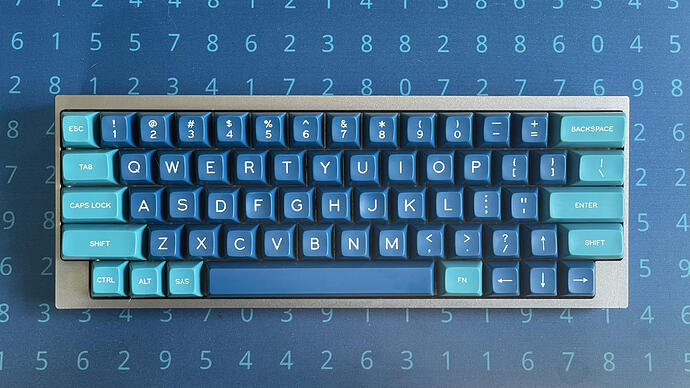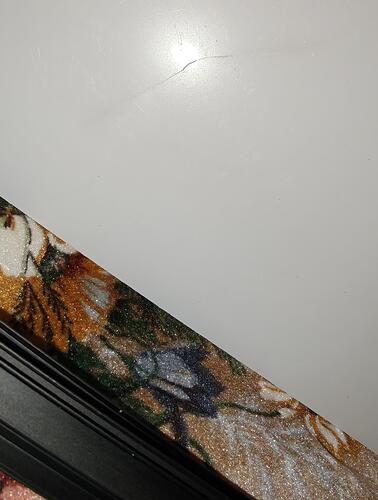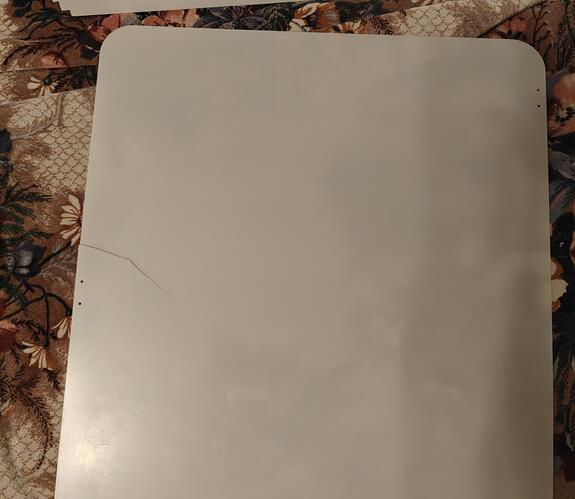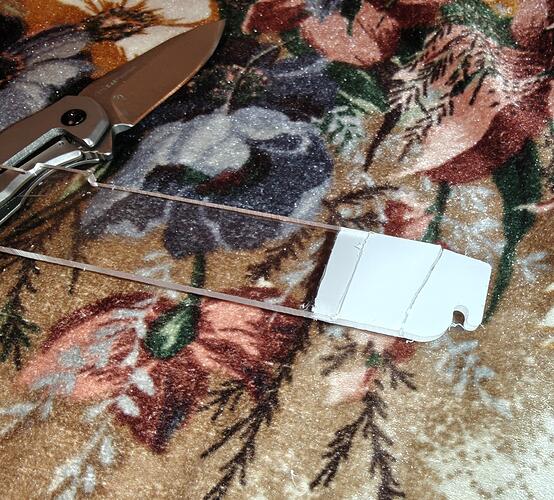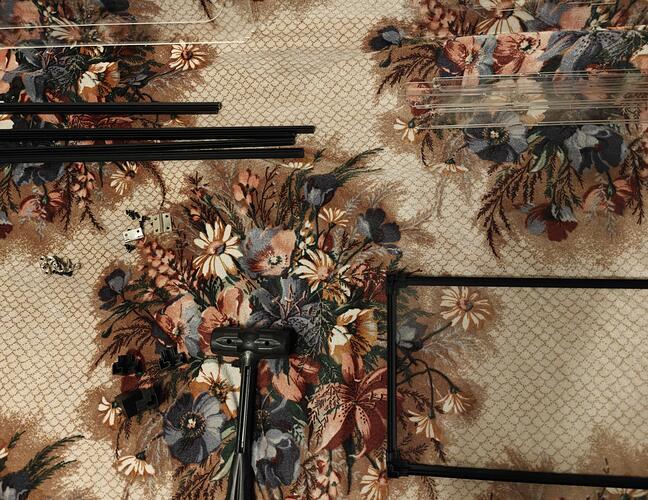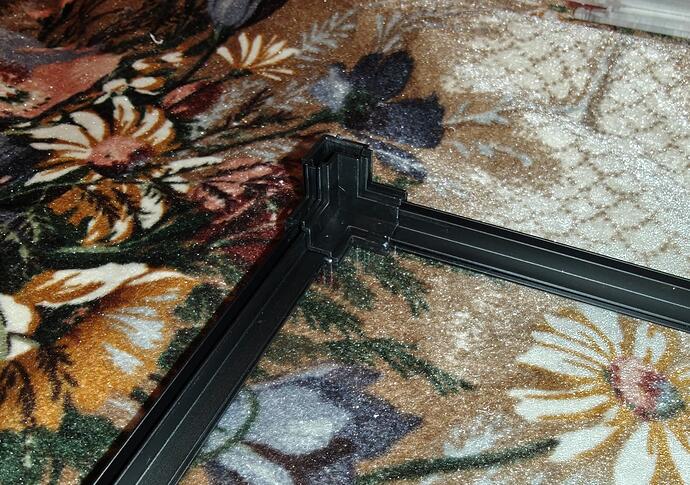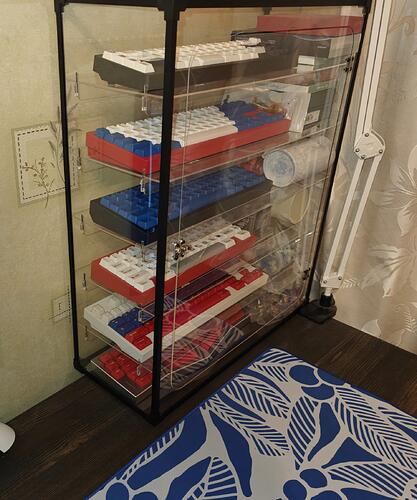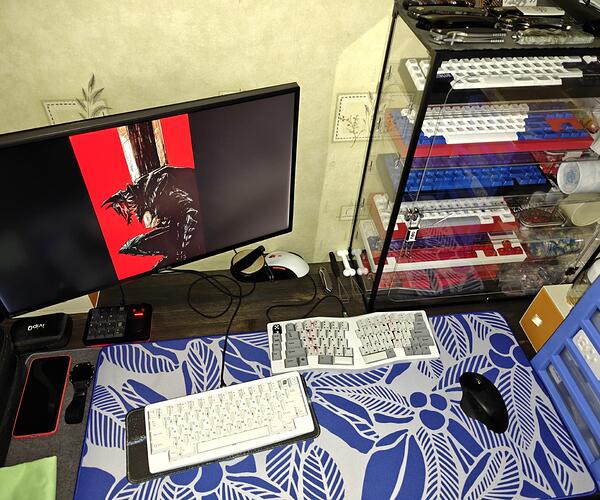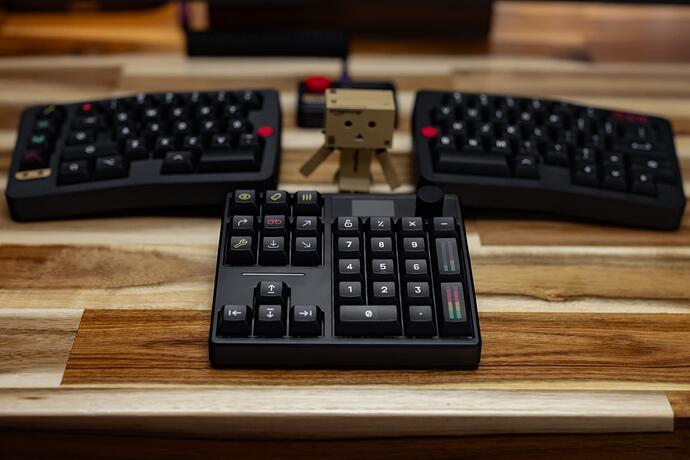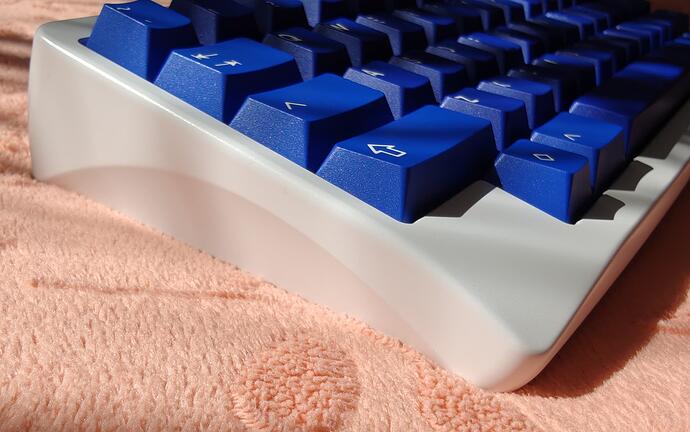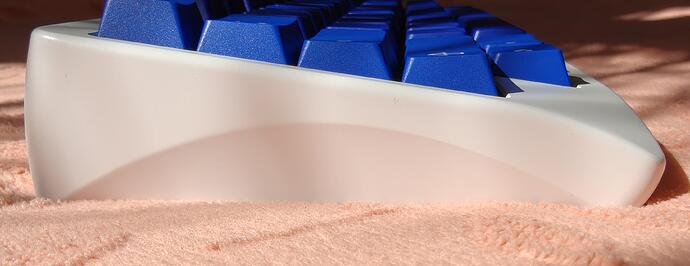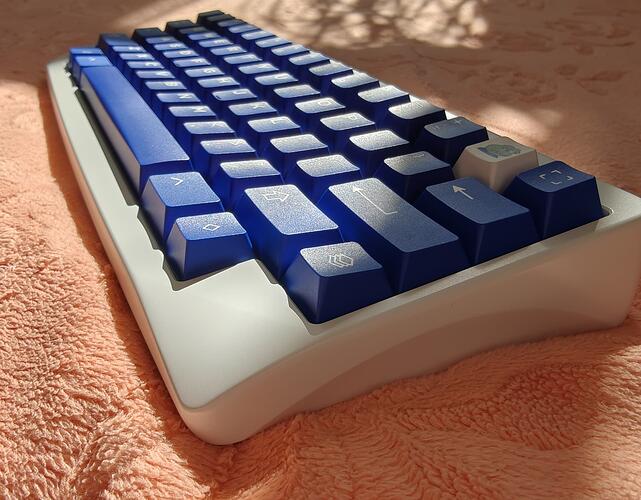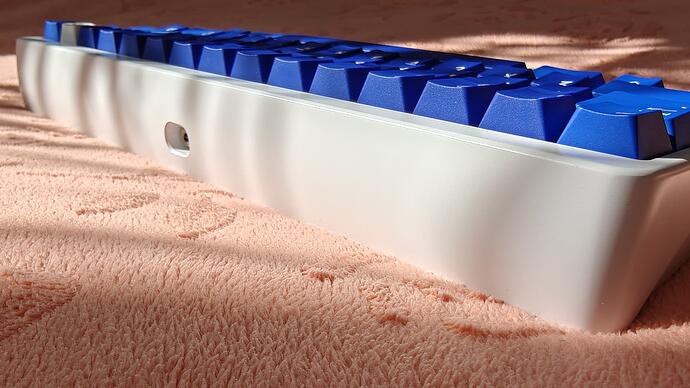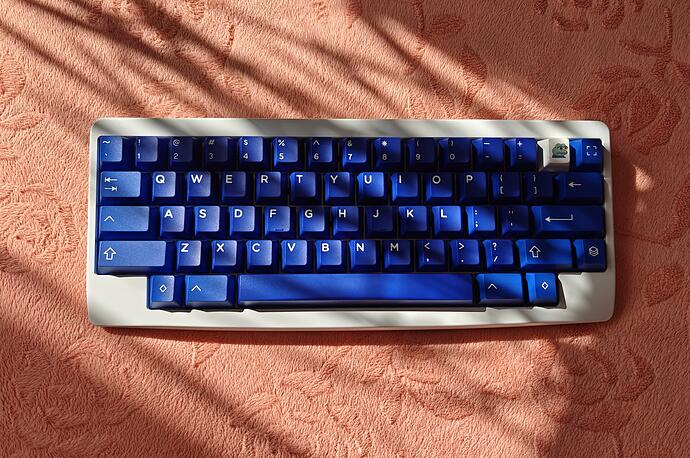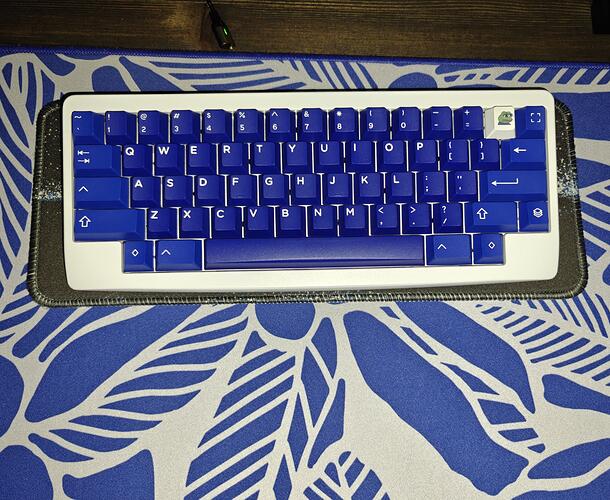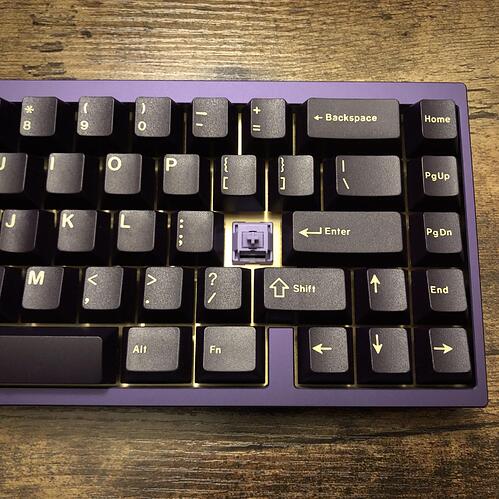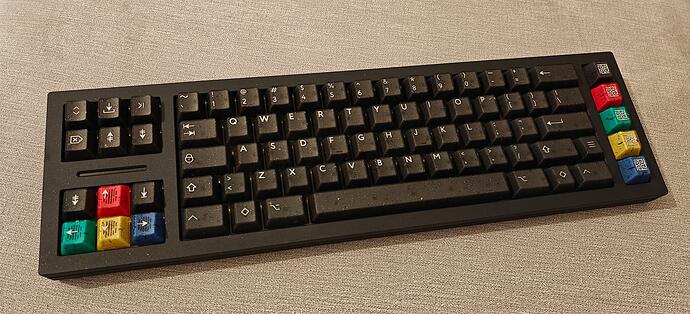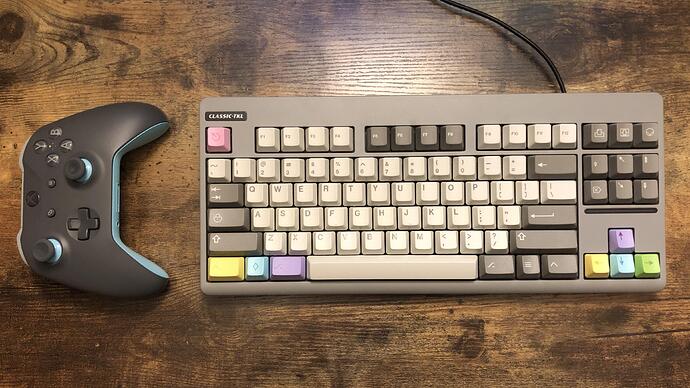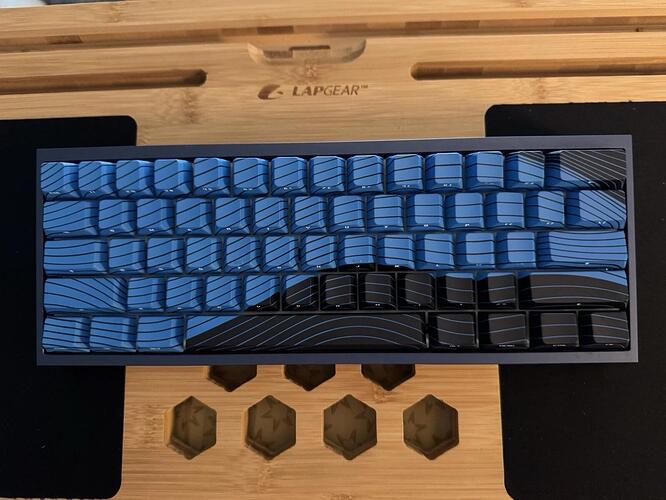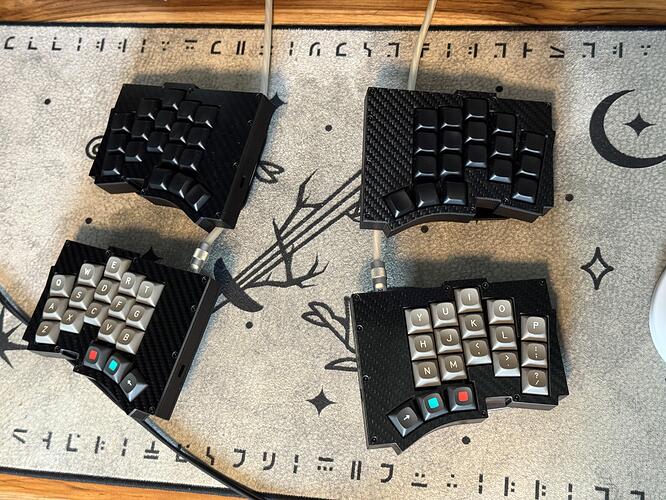Those dark RGB mods make classic Dolch so much better… I wish they were available more often as kits.
Haha, nice to see the grey Classic TKL love here, mine is half way across the Atlantic at the moment, should be here tomorrow.
I love your MSX theme, I’ve got such a soft spot for them. When I was a lad I used to go to the local computer shop at lunchtime to ogle at them. They just looked so futuristic and cool. Still do.
The collectors who still talk about the MSX say that they were the most ‘magical’ of the 8-bit home computers.
They integrated the hardware / software experience in special ways. For example, they had secondary cartridge slots. And if you were playing one game, and had a second game in the second slot, elements from that second cartridge could appear in the first game.
For example, your spacecraft might transform into a character from the second game. This crossover of elements later led to the “Parodius” series of games, which played with these crossovers.
Playing as “Twinbee” if the cartridge is inserted into the second slot.
When retrocomputing videos showcase the different models of MSX, it is a showcase of famous keyboard colourways. Honeywell, Dolch and Skidolcha, Oblivion Mono, it’s all close.
When I bought that gray Classic TKL at the beginning of the year, it is because I had been waiting for a “light gray” or “cool gray” NCR-80 that simply was never produced.
Now, I can use various keycaps sets with it.
Yup, those pics basically explain my taste in keycaps lol.
Back to my old faithful YAS-62 (Tina case, Tealios x vint black stems & SPRiT springs) with a fresh coat of Lumon finery.
Establishing shot for context
Yes, I know my desk is a weird juxtaposition of objects, a tech melange ¯\_(ツ)_/¯
“Refining” the subject
I’d say it works well. Now I need a trackball for the full MDR experience…
Annoyances
- I hate the cable situation. Need to update with USB-C to mini.
- The constant battle of whether to use mod color backslash/pipe key or alpha colored.
- Also considering swapping the 1u mods for the 1u symbol caps.
I’ll check in again with my observations soon, and with a sound test.
A silly plastic macro numpad that looks way nicer than it is because of the matching keycaps. (KAM Playground audiophile kit)
Wow, long time Ive seen a Danbo. Really matches the setup
I rebuilt my Margo with a brass plate, and the mute-silicone delete kit with small place-able individual gaskets and some poron PCB foam.
Before:
After:
I’m not sure whether there’s a tutorial for tuning stabs on these but the topre short throw is a lot of fun. On the desk I also have my cherry numpad with sau, a mx master 2 mouse, a g pro wireless, eleven wrist rest, blue zap cable, l-trac
Elecom*
As much as I try, I can’t take a pic that does this justice. Looks twinkly irl, like a discoball is hitting it. In photos it looks like I’ve been eating over my keyboard, or maybe painting the ceiling above it lol
Oh yeah, it s a Daring Run DR-70F. I wanted one for ages and saw they had this as a b-grade for about £100ish. Looks perfect so I’m really happy.
Tried with MX blacks and it sounded awful, so swapped in Zuocce Macarons and it is fantastic now, and I’ve got a load of Cherry blacks for something else as a bonus ![]()
Phone cameras tend to treat everything like it needs to correct/smooth skin imperfections. Try using a camera app that bypasses as much of that processing as possible.
Potato picture:
New configuration for the Classic-TKL:
- DCS Paperwork
- Lorde Frankenswitches*
*
A meticulously crafted frankenswitch made from Kailh BOX Silent Brown stems and BOX Royal lower housings with the grease carefully thinned from the plastic pushers between the stem and leaf. This creates a highly tactile and lightly clicky switch with its sound report tied directly to actuation. Named because, after this mod, they will never be Royals. ![]()
![]() They’re essentially a muted clicky, and I’m sure they suffer reduced life from the removal of the grease - but it’s an interesting style that I haven’t really experienced elsewhere. The click is light and crisp with a none the less strong tactility, and the bottom-out is a solid-feeling yet quiet thud. Top-outs are also silenced, leaving most of the switch noise as the click alone, with the bass-y drone of the silicone thudding in the background. I’ll have a recording sometime when my house isn’t noisy
They’re essentially a muted clicky, and I’m sure they suffer reduced life from the removal of the grease - but it’s an interesting style that I haven’t really experienced elsewhere. The click is light and crisp with a none the less strong tactility, and the bottom-out is a solid-feeling yet quiet thud. Top-outs are also silenced, leaving most of the switch noise as the click alone, with the bass-y drone of the silicone thudding in the background. I’ll have a recording sometime when my house isn’t noisy ![]()
I love this keyset. I just need an extra Home key for reasons.
I’m typing on this set as we speak. I love it as well. I got in the DCS convex short spacebars from Sneakbox the other week so I could mount it on my dark gray Meridian. They make a huge difference.
I’m currently driving a modded Wooting 60HE, Tofu 60 Redux with Wooting Blue Wave Keycaps, Geon Raw HE Switches
That’s one of the better-looking “topo” keysets I’ve seen. Also, welcome to keebtalk!
That’s a neat keyset - and lap desk for the win!
The more I use Matt3o designed profiles, the more I think he nailed them. PBS feels like an improved DSA, MTNU feels like an improved cherry profile, MT3 feels like an improved SA.
I still wish MTNU blanks were kept in stock by someone.
Either way been swapping between these two a lot recently as well as my not pictured white version with Noctua MT3 caps.
PBS profile board has mx2a oranges and my updated sides and bottom that are a single 3d printed mjf PA12.
MTNU profile are mx2a silent reds and 3d printed middle + acrylic bottom.
